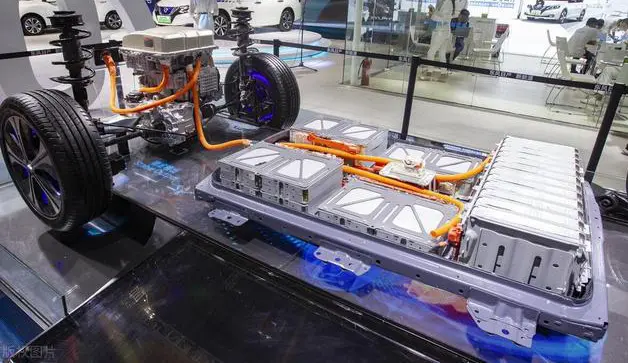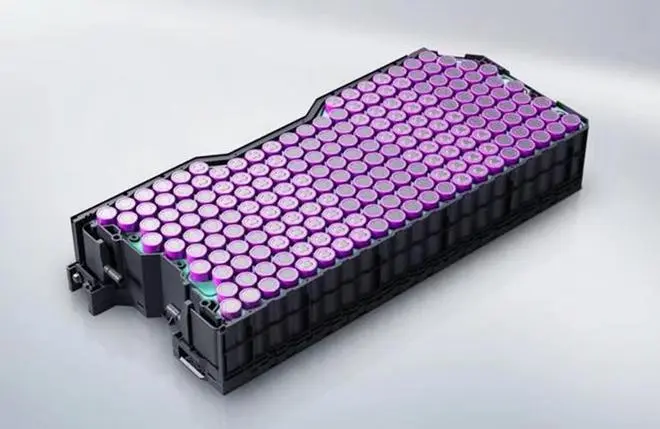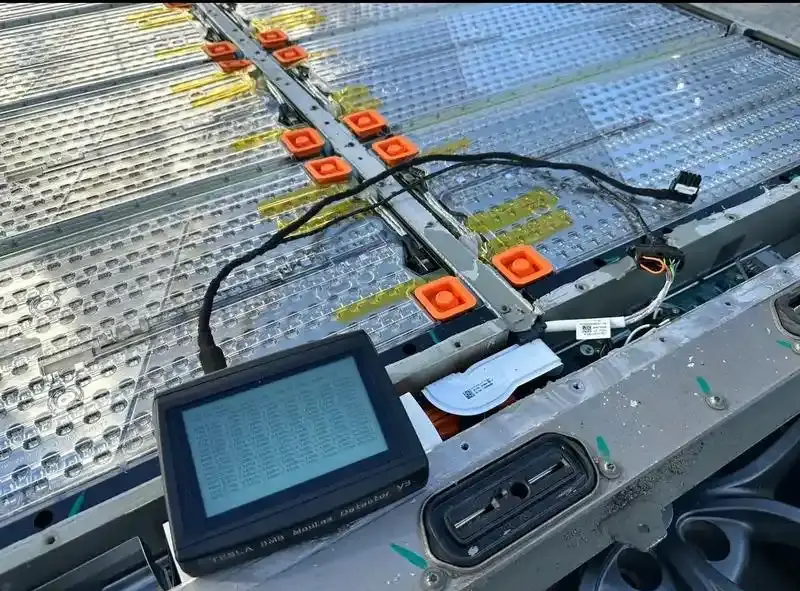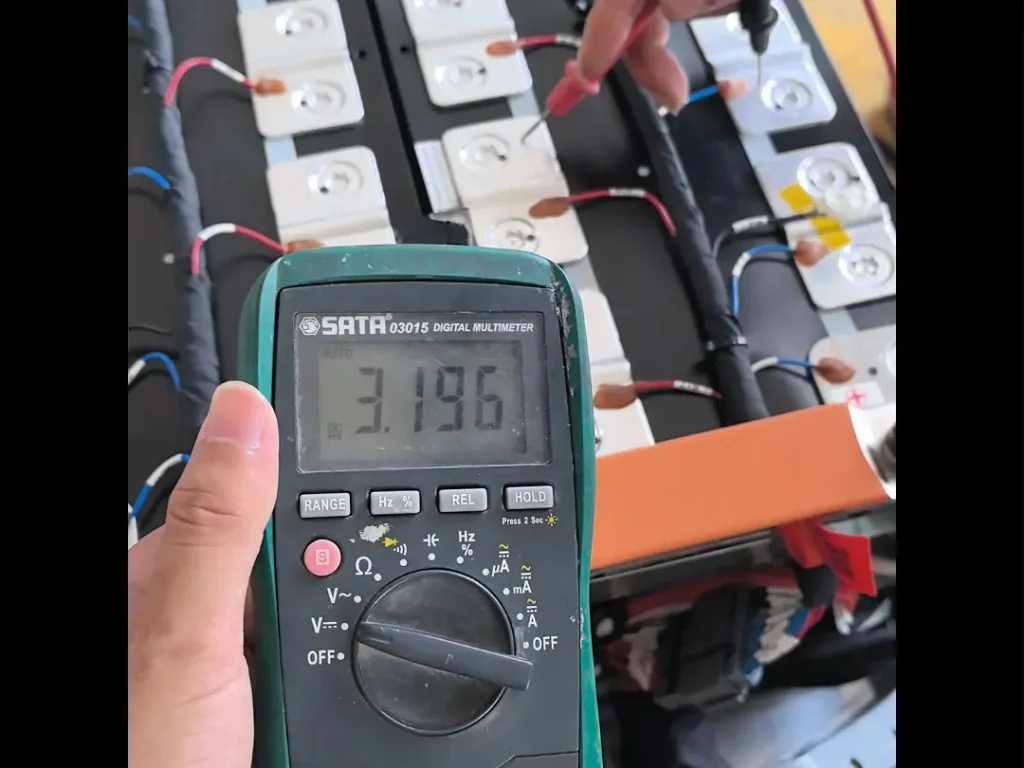
Understanding Battery State of Health and How It Affects Performance and Lifespan
The State of Health (SOH) of a battery—commonly referred to as Battery SOH—is a key indicator for evaluating its performance and lifespan. This article introduces Battery SOH from four aspects: definition, influencing factors, assessment methods, and its significance.

Definition
Battery SOH refers to a quantified description of a battery’s performance and aging degree relative to its original state under specific usage conditions. It comprehensively reflects changes in capacity, internal resistance, charge/discharge efficiency, and cycle life. Battery SOH is typically expressed as a percentage: 100% indicates a brand-new condition, while lower values signal deterioration.

Influencing Factors
Temperature: Extreme temperatures accelerate battery aging. High temperatures speed up internal chemical reactions, increasing electrode material degradation and self-discharge rate. Low temperatures slow lithium-ion diffusion, increase internal resistance, and reduce efficiency.
Depth of Charge and Discharge: Frequent deep cycling harms batteries. Deep discharge excessively consumes electrode materials, shortening life. Overcharging can cause overheating and safety risks. For example, regularly draining a smartphone battery to near zero or keeping it fully charged for extended periods negatively impacts Battery SOH.
Cycle Count: With each charge-discharge cycle, chemical changes degrade battery materials. Over time, capacity decreases. For instance, after several hundred to a thousand cycles, a typical lithium-ion battery’s SOH may drop to around 80%.
Battery Management System (BMS): A BMS protects batteries and prolongs their life. It monitors voltage, current, and temperature in real time, and controls charging/discharging to prevent overcharging, over-discharging, or overheating. A well-designed BMS helps optimize usage, slow aging, and improve Battery SOH.

Assessment Methods
Capacity Test: Fully charging and discharging a battery to measure its actual capacity, then comparing it to its original capacity to determine Battery SOH. Though direct and accurate, this method is time-consuming and may cause wear.
Internal Resistance Measurement: As batteries age, internal resistance increases. Measuring AC or DC resistance can indirectly reflect Battery SOH. Rising resistance often indicates material degradation or electrolyte depletion. This method is fast and non-destructive but requires specialized equipment.
Electrochemical Impedance Spectroscopy (EIS): This technique applies low-amplitude AC signals at various frequencies to analyze impedance response. It reveals internal chemical processes and electrode conditions. While offering detailed insights, EIS is complex and requires professional tools and expertise.

Importance
Ensuring Reliable Operation: Monitoring Battery SOH in electronic devices and EVs helps users detect performance decline early, enabling timely maintenance or replacement and preventing sudden failure.
Optimizing Usage Strategies: By understanding Battery SOH, users can adjust charging strategies—e.g., avoiding deep cycles or reducing current when SOH is low—to slow degradation and extend battery life.
Supporting Battery Recycling and Second-Life Use: Accurate Battery SOH assessment helps determine whether retired batteries are suitable for second-life applications like energy storage. It also aids recyclers in designing appropriate recovery strategies, improving resource efficiency.

Battery SOH, as a core indicator of performance and lifespan, traces the “health trajectory” of batteries in real-world applications. Accurately understanding and managing Battery SOH is vital for advancing battery technology, supporting the new energy industry, and building a sustainable future.
